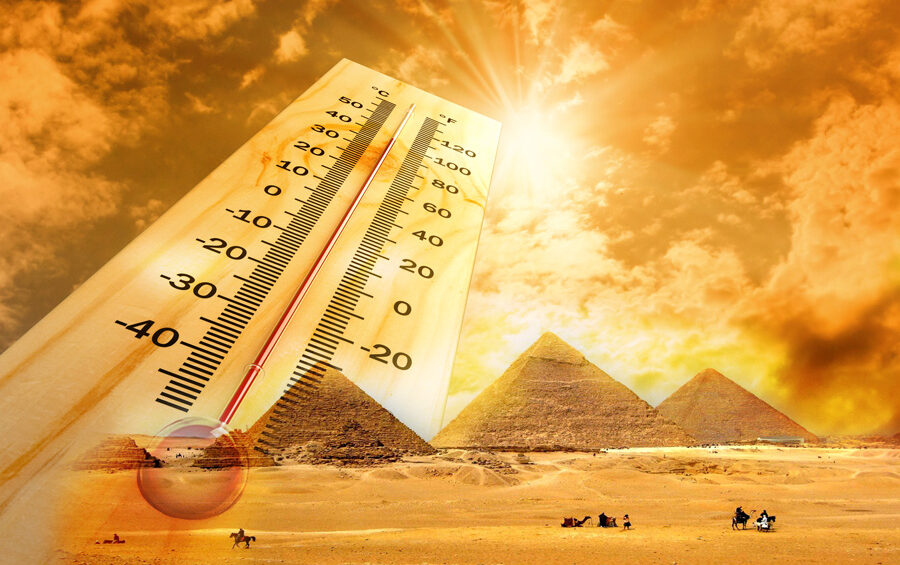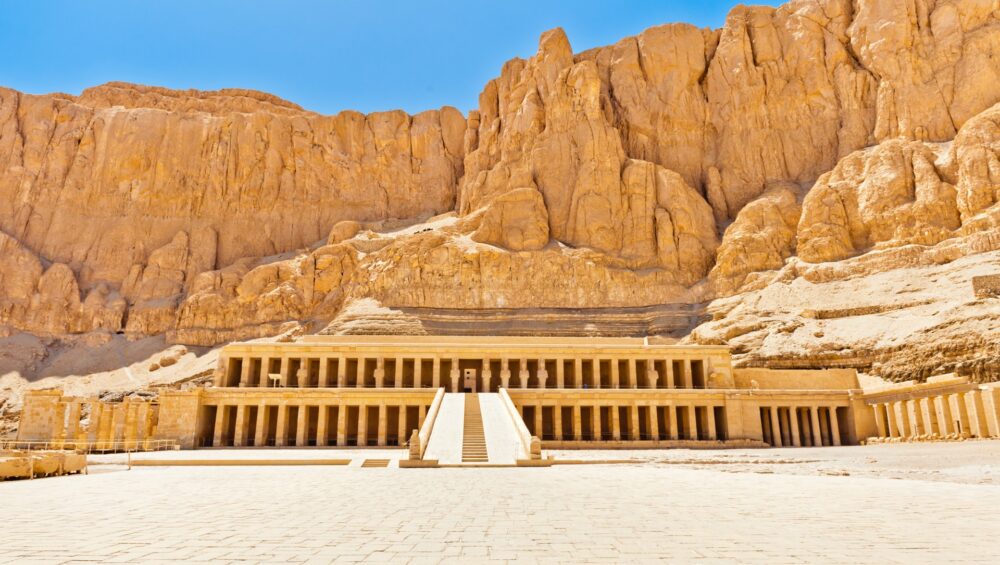Safaga town in Egypt
Black sand dunes, mineral springs, and clean air are among Safaga’s most notable features (wellness & spas)
Windsurfers Safaga, an ancient port city, is located 53 kilometers south of Hurghada and is renowned for its clean air, black sand dunes, and natural springs.
The community is highly known as a wellness and spa destination. There is a large array of excellent facilities available to visitors. Safaga is a laid-back resort for folks who enjoy diving and other sports during the day and prefer beach parties to large nightclubs at night. It is a popular water sports destination for windsurfers, kite surfers, and scuba divers. It’s a place to take it easy.
Numerous resorts in and near Safaga provide popular Red Sea sports like scuba diving, windsurfing, kitesurfing, snorkelling, swimming, and sunbathing. Safaga is the ideal destination for a peaceful vacation off the main path because of the beautiful waters and fine sands that meet at the coast. Safaga also has all the services and activities you would anticipate from a much larger and busier resort. A thing, that is.
peaceful dive location
Diverse and fascinating dive spots with immaculate corals may be found in Safaga. There are dive spots for divers of every skill level at Safaga, which is a crucial element for groups visiting the area. For less experienced divers, there are house reef beach dives and deeper drift dives offshore.
exciting day trip
Before visiting the Bedouins, adventurers might take day treks away from the shore and into the desert. There, you can take a quad bike into the countryside or journey there in a 4×4 to take in the breathtaking views of the sand, rocks, oases, and mountains. A lifetime memory and one that you will always remember when you get home is riding a camel in the Egyptian desert.
The excursion concludes with a BBQ feast and traditional Bedouin music before visitors ride quad bikes or jeeps back to Safaga. These excursions might be full- or half-day excursions.















